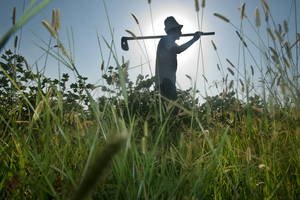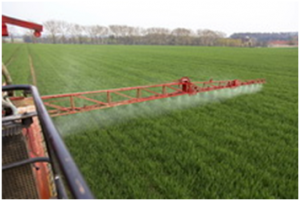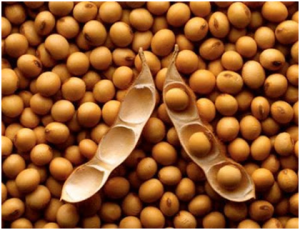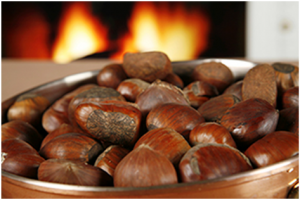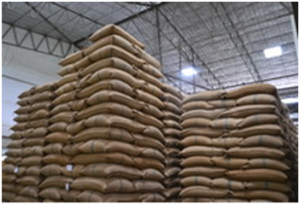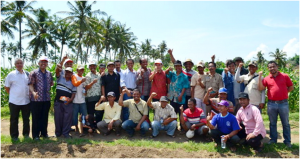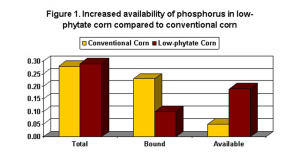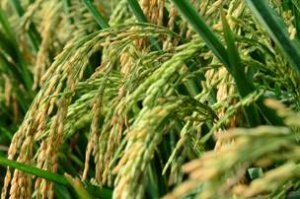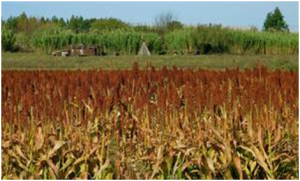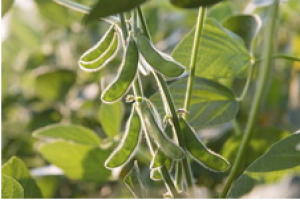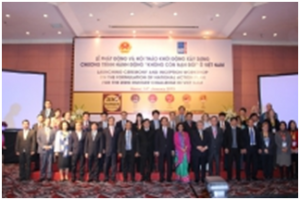|
Understanding the grain yield limitation and instability of aerobic rice
Friday, 2018/02/16 | 05:26:09
|
|
IRRI RiceToday, Benoit Clerget, Feb 5, 2018
Do rice plants have a wild adaptive trait that is counterproductive to aerobic cropping systems?
In eastern Asia, the early farmers created a high-performing rice cropping system in which rice seedlings were grown in nurseries and then transplanted in paddy fields covered with shallow water during the entire cropping season.
In fact, the early farmers were mimicking the natural conditions of tropical swamps where this semi-aquatic species that produces highly valued grains originated. Because rice is a semi-aquatic plant, its seeds still need oxygen and cannot germinate in soil covered with a water layer, such as the conditions in a swamp after the first rainfall at the end of the dry season. Eventually, as monsoon rains quickly fill up the swamp, the rice plants continue to grow under water.
This transplanted-flooded cropping system was used for centuries and continues to be the cultivation method to obtain high grain yields. However, because of the increasing human population, it became necessary to grow rice twice or three times a year and expand rice-growing areas by using irrigation water from rivers or underground aquifers. Unfortunately, in many areas, water resources have become scarcer because of other uses or overexploitation. Thus, farmers must use much less water for their rice crop and are unable to maintain their fields under flooded conditions.
See more: http://ricetoday.irri.org/understanding-the-grain-yield-limitation-and-instability-of-aerobic-rice/ |
|
|
|
[ Other News ]___________________________________________________
|


 Curently online :
Curently online :
 Total visitors :
Total visitors :

